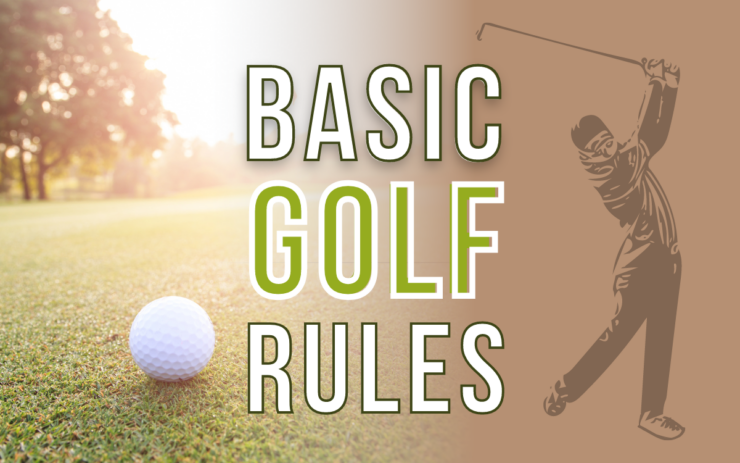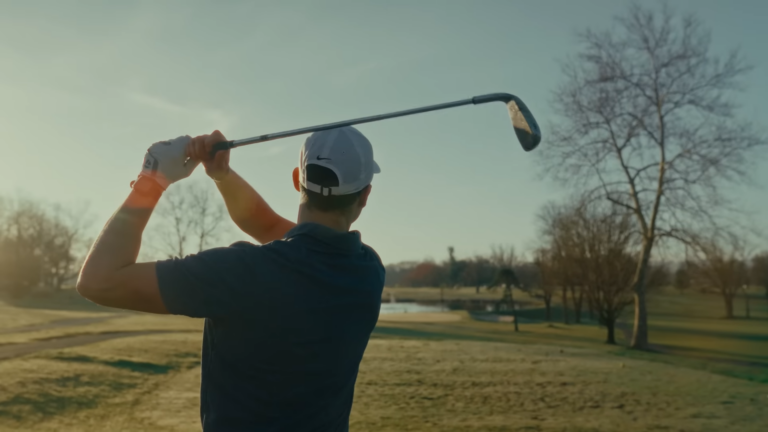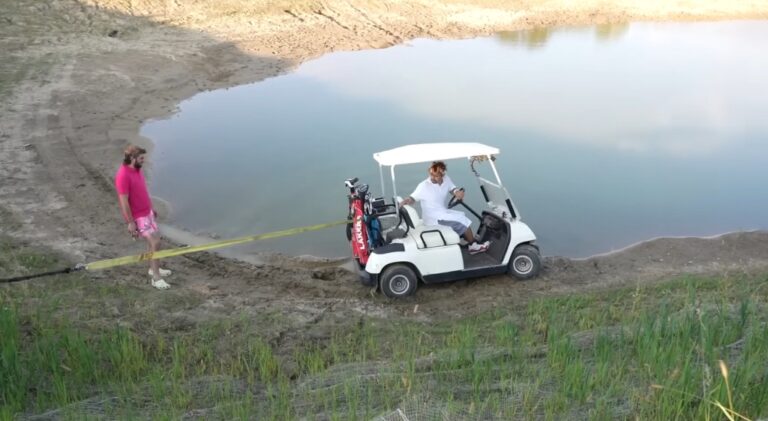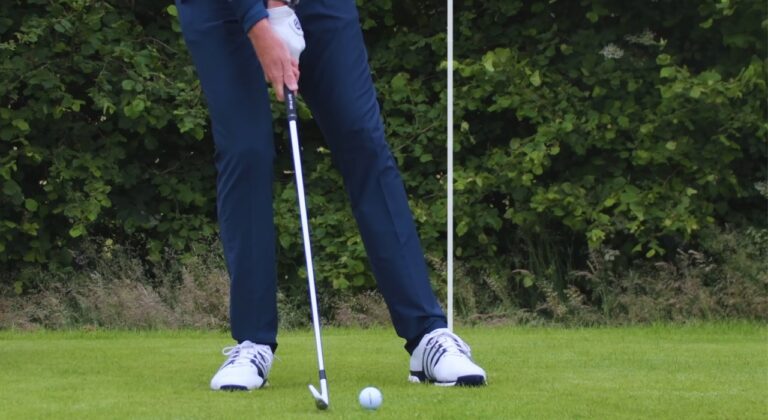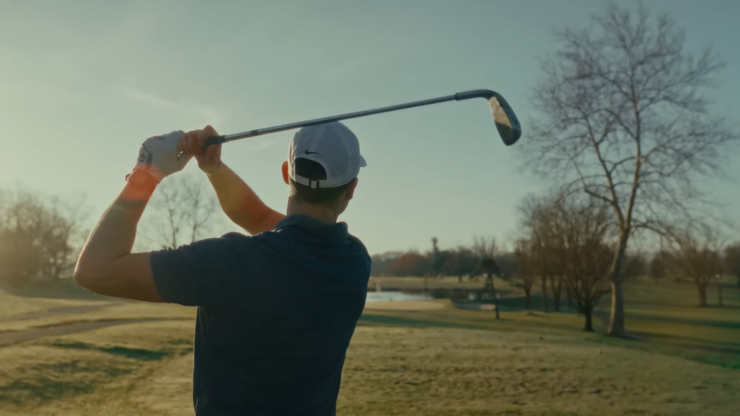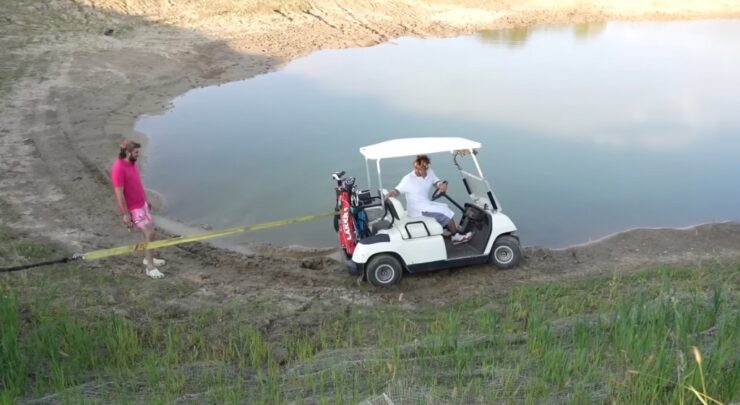The game of golf is known for its honor and etiquette, especially as it relates to its sacred golf rules with origins dating back to mid 18th century in Edinburgh, Scotland. Today, there are 34 fundamental golf rules. Many of these golf rules can be a little over-complicated and lengthy, but their necessity is without question.
If you think that you need professional help to improve, you can always take different courses and be patient.
With that said, here is a condensed version of the most critical golf rules you should know:
1. Practice Swings

During a hole, you may take a practice swing but you cannot play a “practice” stroke. Between holes, you may practice golf chipping or golf putting on or near the putting green of the hole last played or on the tee of the next hole.
If you’re looking for an extra challenge on the green, try practicing swings with a partner. Not only will this help you perfect your swing, but it will also give you someone to talk to and share tips with.
2. Play Your Ball as It Lies
The golf rules state that you must play your ball “as it lies” (or as you find it). While playing a hole, you cannot touch your ball unless it is on the putting green where you can lift your ball and clean it if need be. But you must replace it in its exact previous location on the putting green.
3. Play One Ball
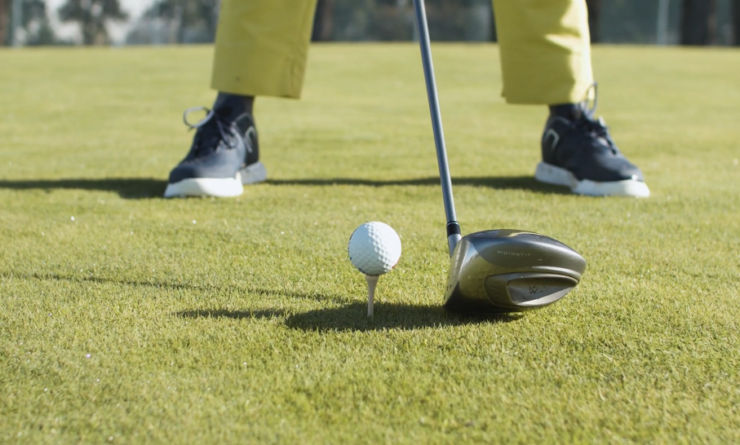
When you “play the ball” the golf rules state that you only play ONE ball. You cannot substitute another ball for the ball you are playing while you are playing that hole unless it becomes “unfit for play.”
Of course, if you lose the ball, you can use another one. You can, however, switch to another ball at the beginning of another, distinct hole (unless you are playing a tournament and the tournament committee imposes the “one ball” golf rule).
This is one of the most important rules in golf and you should always keep it in mind.
4. Swing and Miss
If you make a full swing with intention of hitting the ball but miss it, it still counts as a stroke!
5. Water Hazard
A “water hazard” is a body of water that lies in your path to the green and is marked by yellow lines or stakes. Your goal is to hit your ball over it. If your ball lands in the water hazard you may play the ball as it lies if it is indeed playable. If it is unplayable, you must “drop” the ball under a penalty of one stroke.
Under the golf rules, you may drop the ball any distance behind the water hazard (and not toward the hole) keeping the point at which the original ball last crossed the margin of the water hazard. You can also replay the shot from the original shot position under a penalty of one stroke.
6. “Lateral” Water Hazard
A “lateral” water hazard is marked by red lines or stakes and runs parallel to the hole. If your ball lands in a lateral water hazard, under penalty of one stroke, you may drop within two club-lengths of (a) the point where the ball last crossed the hazard margin or (b) a point on the opposite hazard margin equidistant from the hole.
7. Grounding Your Club
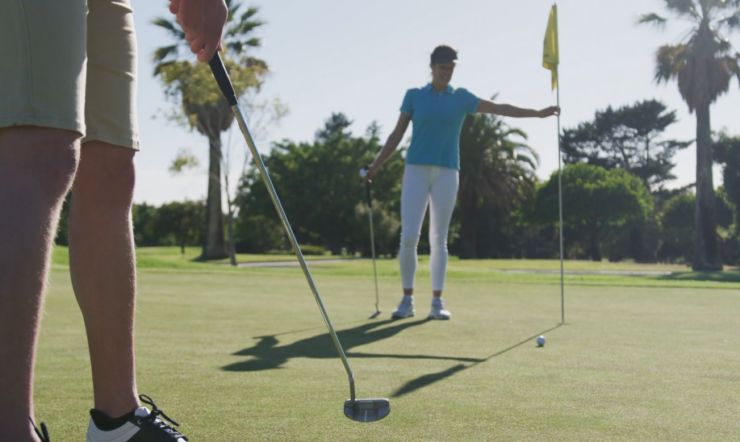
If your ball ends lands in a hazard area but it is still playable, you must ensure that you don’t “ground” your club, which means letting the clubhead touch the surface. This golf rule also applies to sand bunkers i.e. you cannot touch the sand with your clubhead before you make the stroke. In either case, if you ground your club you have to take a penalty stroke.
8. Out of Bounds
Out-of-bounds areas are usually defined by white stakes, sometimes by a line on the ground, and sometimes by a fence or wall. The entire ball must lie out of bounds. If any part of it is in bounds, the golf rules state that you can still play it, if possible. Also, you can stand out of bounds to play a ball that is in bounds.
If your ball is out of bounds, you must count the stroke and replay the shot, adding a penalty stroke. This is called the stroke and distance penalty. You count the stroke, lose the distance and add another stroke. In other words, go back to where you hit the original shot and do it again. In the case of a drive, you’re now hitting your third shot from the tee.
9. Lost Ball
If you lose or cannot find your ball, you have no more than five minutes to look for it. If you can’t find it within that time, the ball is lost and you have to replay. This golf practice drill is the same as an out-of-bounds shot. Count the stroke, return to the original spot, add a penalty stroke, and re-hit.
10. Provisional Ball
If you think your ball may be lost or out of bounds after a shot, you can hit a “provisional” ball so you do not have to come back to the original spot to hit another. You must tell your playing partners you are hitting a provisional ball.
If your first ball is indeed out of bounds or can’t be found, play the provisional (at this point your ball is lying at three strokes – one shot for the original ball, one-shot penalty for losing the ball, and a third shot for the provisional ball.) If your original ball is found and in play, then simply put the provisional ball back in your pocket.
11. Unplayable Lie
If you hit your ball into a place where you can’t play it (against a tree, in a bush, etc.) you have three considerations according to the golf rules:
- Drop within two club-lengths of the spot where the ball lies, but not closer to the hole.
- Return the ball to the original spot and replay it.
- Drop the ball as far back as you like from the point where the ball lies, ensuring that you keep the point between you and the hole.
In each case, you count the original stroke and add a penalty stroke per the golf rules.
12. Putting Green – Ball Strikes Another Ball
The golf rules state that if your ball is on the green and strikes another ball on the green, you incur a two-stroke penalty in stroke play.
13. Putting Green – Ball Strikes Flagstick
If your ball is on the green and it strikes the flagstick in the hole, you incur a two-stroke penalty in stroke play. Note that if your ball is off the green and you hit onto the green and you either strike another ball or hit the flagstick, there is no penalty.
FAQs
1. What does SSS stand for in golf?
SSS (Standard Scratch Score) is a number that is used to compare golfers. A golfer’s SSS is the average of their best nine holes from a round.
2. What does NSA mean in golf?
If you make a mistake during your round, and the club you are using does not hit the ball squarely on the sweet spot of the club head, then you may get an “NSA” (No Score – Approved) instead of a negative score. If this occurs, simply take another swing with the same club and hope for a better result.
3. What does MDF mean in golf?
MDF stands for “made cut, didn’t finish.” This is a penalty when a player misses a putt and the ball goes beyond the hole by at least one foot, but not more than two feet. The penalty is giving back the stroke, as well as paying 20% of the round’s green fee.
4. What can I do to improve my game?
Aim your club correctly. It sounds simple, but most people don’t do it right. Your clubface should be pointing at the ball at all times. You can also try shifting your weight towards your front foot to help you swing with more power.
Conclusion
I hope that this article on the basics of golf has helped you to brush up on your knowledge and better understand the game. As a beginner, it can be really confusing trying to know where to start when it comes to getting good at golf. So whether you’re a complete beginner or just want to improve your game, these tips will help you!
Ethan Harper, a golf enthusiast with a background in sports journalism, contributes his extensive knowledge and engaging storytelling to our website. Having covered major golf tournaments worldwide, Ethan has a unique ability to make even the most technical aspects of golf accessible, making his writing a hole-in-one for readers seeking to elevate their game.

